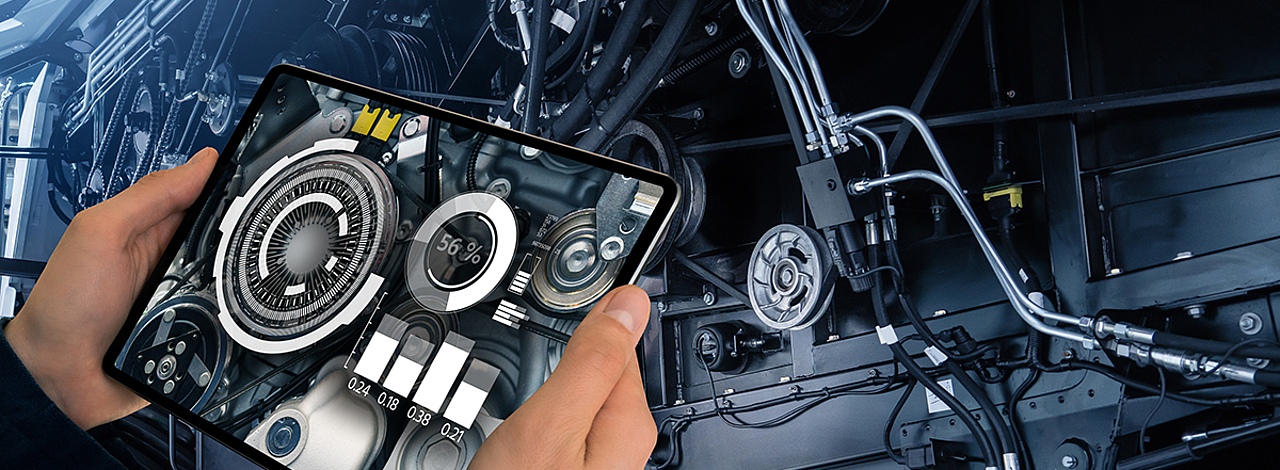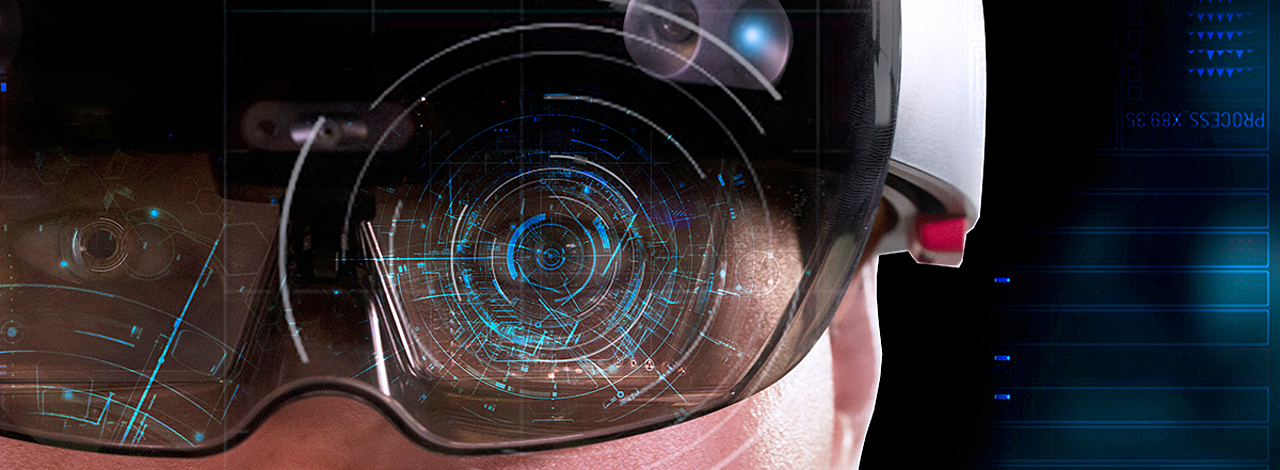Use Cases
To implement our HoloMine system and prepare it for Augmented / Mixed Reality, several use cases were identified.
The use cases focus on possible scenarios and help us to achieve certain technical goals. They describe what can happen in terms of content when trying to achieve the goal and abstract from specific technical solutions and help with the development of requirements with which the system development can be controlled.
iDeepMon - Intelligent Deep Mine Shaft Monitoring
Monitoring and control of shafts as a mandatory part of the operational permissions by the mining authorities
https://www.ideepmon.eu/project/
The background Beside the requirements for an accurate shaft survey, as possible with existing systems, most underground mines in the world are obliged by legal regulations and/or operational needs to do a regular inspection of the shaft walls and installations. The frequency of these inspections is reported from daily (some shafts under critical conditions), to weekly (majority of the shafts) or monthly (some shafts with less critical conditions).
Actual systems deliver a full 3D documentation of vertical mine shafts, with all walls and installations. The results are georeferenced and highly accurate point clouds, which are ready for different analysis and CAD modelling to deliver answers to relevant questions, like shaft deformation, deviation, distance of guide pairs, position and behaviour of parts, water intake, damages and cracks. All this information is of great importance to keep the shaft in permanent and full functionality, which is of great importance for the efficiency of an underground mine. Optimally such a shaft survey should be performed approx. once a year per shaft.
The problem
As known from former investigations and several discussions with shaft operators from all major mining regions worldwide, the established and state-of-the-art method to execute the shaft inspections is by visual inspection. In practice, this approach has several disadvantages:
- specific and dangerous conditions for any inspection and survey
- cost and time consuming, during inspection the shaft is out of regular use (production losses)
- results are of low quality
- visual inspection is not able to deliver objective and comparable results
The Solution The iDeepMon system is an automated shaft inspection system to partly replace and support the established visual inspection. This is achieved by using high quality data from a cyber physical system, consisting of:
- an integrated sensor module with global communication capabilities,
- a server system, collecting information and data to permit automatic detection of relevant events within the data and
- a web interface permitting the mobile exploration of data and information.
iDeepMon will bring in a serious contribution and one important step forward towards the realization of the overall vision for the mine of the future as invisible, intelligent, fully autonomous and a zero-impact mine.
iRIS – Intelligent Risk Identification System for safer mines
Making the mines of tomorrow safer with digitalized vehicle fire experience management
The background Fires in mines jeopardize the safety of the mining personnel, causes large damage on equipment and installations and extensive costs for production downtime. One of SveMin’s – the Swedish Association of Mines, Mineral and Metal Producers – main objectives is to create a safe and attractive working environment for the mining industry. As working in underground mines present a challenging environment in the event of fire, the requirements are high for both preventive risk reduction measures as well as measures mitigating the effect of a fire if it does occur.
The problem The latest statistics from Swedish hard rock mines show that the single most common reason behind fire incidents in mines are vehicles related. Vehicle fires currently represent around 50 % of all mine fires. One important measure to prevent vehicle fires is an effective system of regular fire safety inspections. SveMin already today requires all vehicles used in Swedish mines to undergo an annual fire inspection. The majority of these inspections are however performed on a paper-and-pen basis, which makes it difficult and very time consuming to compile statistics and lowers the possibility to identify reoccurring faults and hazards.
The Solution The solution developed within the scope of the iRIS-project is a digital system which consists of two parts – an inspection tool and a knowledge-based research database, allowing experiences from earlier inspections, research project results, occurred incidents and fires and fire safety information from manufacturers to be used as input back to the inspection tool. The project aims to reduce the number of vehicle fires with 20 % and minimize standstill due to vehicle fires, by analysing results from earlier inspections, incidents and fires and automatically integrating the knowledge into future inspections.
Machine Diagnosis – Condition Monitoring System
Noise signals with process parameters
The background Machine diagnosis is a software system for improving the maintenance of the entire mine by collecting machine and infrastructure data and clearly displaying the analysed conditions.
The data is collected from existing systems on machines and in the mine. This monitoring will lead to extended maintenance intervals and thus enable increased availability. Dependencies will be identified and could be addressed to improve production.
The problem
A variability of sensors can give an expert information about the condition of the machine. Many different data must be combined and evaluated in context to enable early detection of wear and damage. Contexts have to be recognized and assessed with a lot of experience. In many cases, it is also not yet possible to quickly record the data online. Finally, abnormalities and incipient damage are reported. … "And what next?" …
The solution
Thanks to in-depth diagnosis, risks of damage can quickly be determined while the plant is on line. The strategy is based on detecting trends in machinery status. Components are monitored at defined intervals and for selected operating parameters. Tell-tale changes in the operating status are registered and taken into consideration for the assessments. Our systems then derive trend analyses and the forecasts based on this information.
The customers thus have the advance notice needed to procure needed replacement parts in good time. Advantages: Maintaining a stock of spare parts and deploying maintenance personnel are both simplified while, on the other hand, unforeseen shutdowns can be avoided. Contribution to condition-oriented maintenance has proven its value in practice. Not only does it support operational management. It also boosts efficiency and economy. Machine service lives and maintenance intervals are both extended.
Keep your mine up to date.
At a glance
Project team
User / Supporting Partner
Obligatory information



